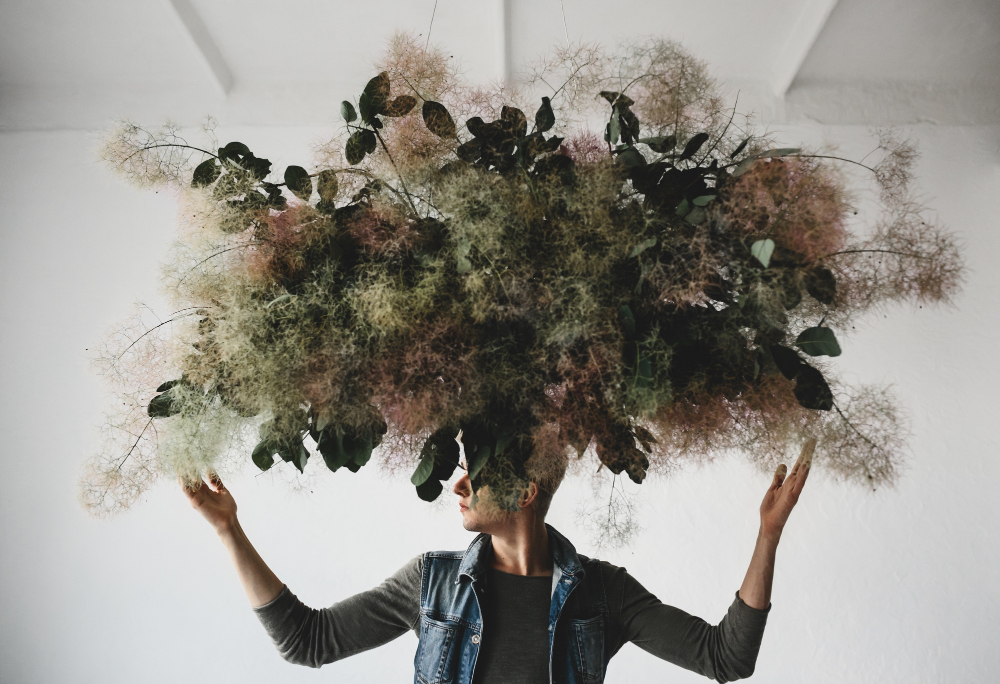As we traverse the thrilling landscape of the digital age, the boundaries between technology and creativity are increasingly converging. Role of Generative AI in creative work one powerful manifestation of this synergy is the emergence of generative artificial intelligence (AI), a revolutionary technology redefining the creative process. In this comprehensive blog, we delve into the transformative impact of generative AI on creative work and explore its potential for driving innovation and originality.
What is Generative AI?
At the heart of this blog lies a fundamental understanding of generative AI. Generative AI, a subset of artificial intelligence, employs machine learning models to generate new content. This could be anything from images, music, and text, to complex designs and realistic human speech. Rooted in the concepts of Generative Adversarial Networks (GANs), generative AI learns from existing data, identifies patterns, and leverages this knowledge to create original content.
Generative AI in Creative Work: The Game-Changer
The creative industry is ripe with potential for AI integration. With generative AI, artists, designers, writers, and musicians are no longer limited by traditional tools and mediums. Here’s how generative AI is revolutionizing various aspects of creative work:
1. Visual Arts and Design
Generative AI is fostering a new era of creativity in visual arts and design. From creating original artwork to conceptualizing innovative design layouts, AI is revolutionizing the artistic process.
- Art: Generative AI can create unique pieces of art by learning styles from existing art databases. For instance, the AI-generated painting, “Portrait of Edmond de Belamy,” sold for a staggering $432,500 at Christie’s auction house, heralding the dawn of AI art.
- Design: Generative design allows designers to input design goals and constraints into an AI algorithm, which then generates a plethora of design options. This not only speeds up the design process but also introduces innovative solutions a human designer may not consider.
2. Music Composition
Generative AI is reshaping the music industry by aiding in music composition. By analyzing patterns in melodies, rhythms, and harmonies, AI can generate original music pieces or suggest creative modifications to existing ones. This technology opens doors to new soundscapes and compositions, offering artists fresh inspiration.
3. Content Creation
In content creation, generative AI acts as an invaluable tool, creating anything from catchy marketing slogans to entire articles or scripts.
- Writing: Generative AI models can write coherent and contextually relevant content, making them handy tools for brainstorming ideas, writing drafts, or generating content at scale.
- Advertising: AI algorithms can generate compelling ad copy and creative content, helping brands to engage consumers and drive marketing effectiveness.
The Power of Collaboration: Humans and AI
As generative AI becomes increasingly prevalent in creative work, questions arise about the role of human creativity. The key lies in viewing AI as a collaborative tool rather than a replacement for human creativity. AI can offer fresh perspectives, generate new ideas, and eliminate the manual aspects of creative work, allowing humans to focus on strategy, innovation, and nuanced creative decisions that require emotional intelligence.
The Future of Creativity with Generative AI
The intersection of creativity and AI promises a future where creativity is democratized, and innovation is exponential. As generative AI continues to evolve, we can expect to see:
- Accessibility: Advanced AI tools will become increasingly accessible to artists and creators, regardless of technical skills, democratizing the creative process.
- Customization: AI algorithms will generate highly personalized content, enhancing user engagement and experience.
- Efficiency: Generative AI will streamline the creative process, reducing the time and effort required to generate content or designs.
Conclusion
Generative AI is undoubtedly transforming the creative industry, merging the realms of technology and creativity in unprecedented ways. By embracing AI in our creative endeavors, we stand on the precipice of a new era defined by innovation, collaboration, and limitless potential.
However, it is crucial to acknowledge the ethical considerations and the need for responsible AI use as we step further into this AI-integrated future. Harnessing the power of generative AI while preserving the value of human creativity, we can unlock a future where technology and creativity harmoniously coexist to redefine the boundaries of what’s possible.


